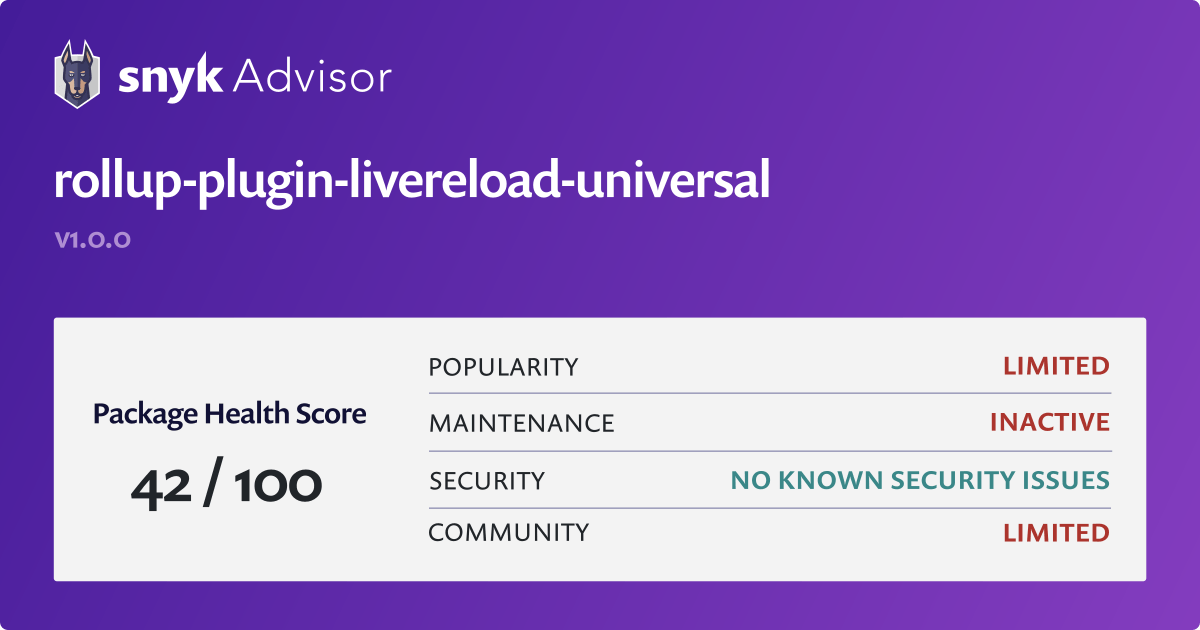

If it was, we manually trigger a rebuild of our JavaScript.įinally, we send a request out from our local server, notifying the browser that it should reload the current page. When a change is detected, we check the path to see if the file was a javascript file.

Next, we setup chokidar to watch files in the javascript, views, and stylesheets directories. The watch option was removed since we no longer want esbuild to watch for changes on rebuild on its own. We also added the incremental flag to the builder, which makes repeated builds (which we’ll be doing) more efficient. Here we’ve moved the build setup into an async function that assigns result to build.

includes ( ' -watch ' ) const clients = const watchOptions = Copy Once your rails new command is ready for Rails 7, from your terminal:Ĭonst path = require ( ' path ' ) const http = require ( ' http ' ) const watch = process. If you aren’t already using Rails 7 for new Rails applications locally, this article can help you get your local environment ready. We’ll start by creating a new Rails 7 application. With that disclaimer out of the way, let’s get started! I’m hoping that this is a nice jumping off point for discussion and improvements.
#Livereload rollup install
We’ll start from a fresh Rails 7 install and then modify esbuild to support live reloading when JavaScript, CSS, and HTML files change.īefore we get started, please note that this very much an experiment that hasn’t been battle-tested. Today, esbuild doesn’t support HMR, but with some effort it is possible to configure esbuild to support live reloading via automatic page refreshing, and that’s what we’re going to do today. Once you’ve gotten used to live reloading (or its fancier cousin, Hot Module Replacement), losing it is tough. Out of the box, each time you change a file, you need to refresh the page to see your changes. Most important among these missing features is live reloading. Using esbuild with Rails, via jsbundling-rails is very simple, especially in a new Rails 7 application however, the default esbuild configuration is missing a few quality of life features. Of the three JavaScript bundling options, the Rails community seems to be most interested in using esbuild, which aims to bring about a “new era of build tool performance” and offers extremely fast build times and enough features for most users’ needs. This gem adds the option to use webpack, rollup, or esbuild to bundle JavaScript while using the asset pipeline to deliver the bundled files. Live reloading with Ruby on Rails and esbuild Īs you may have heard by now, Rails 7 comes out of the box with importmap-rails and the mighty Webpacker is no longer the default for new Rails applications.įor those who aren’t ready to switch to import maps and don’t want to use Webpacker now that it is no longer a Rails default, jsbundling-rails was created.


 0 kommentar(er)
0 kommentar(er)
